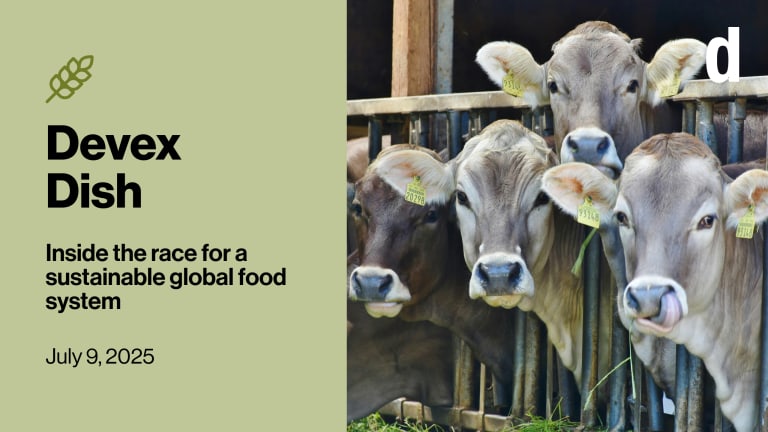By 4 p.m. on Saturday, the day Colombia reopened its border with Venezuela, at least 40,000 people had streamed into the border town of Cucuta. They came by foot across a visibly tired Simon Bolivar bridge, which droops slightly at its midpoint. Most came to buy food, medicine and household goods — the basic products they can’t find in Venezuela anymore; the majority then returned home.
Before last weekend, the border had been closed for a year, after a decision by Venezuelan President Nicolas Maduro to seal the crossing and expel large numbers of Colombians living on the Venezuelan side — at least 22,000 left, many of them forcibly deported. Technically, Venezuela’s side of the border is still closed, but after discussions between the two countries’ governments last week, Colombia reopened to pedestrian traffic.
The subsequent influx of Venezuelans has provided an alarming preview of what many humanitarians organizations fear could happen next. Instead of going back home, the men, women, and whole families crossing over from Venezuela could stay in Colombia. If the economic situation continues to deteriorate, if political unrest turns violent, or if Venezuela decides to expel the still millions of Colombians who live there, massive migration would likely result.








